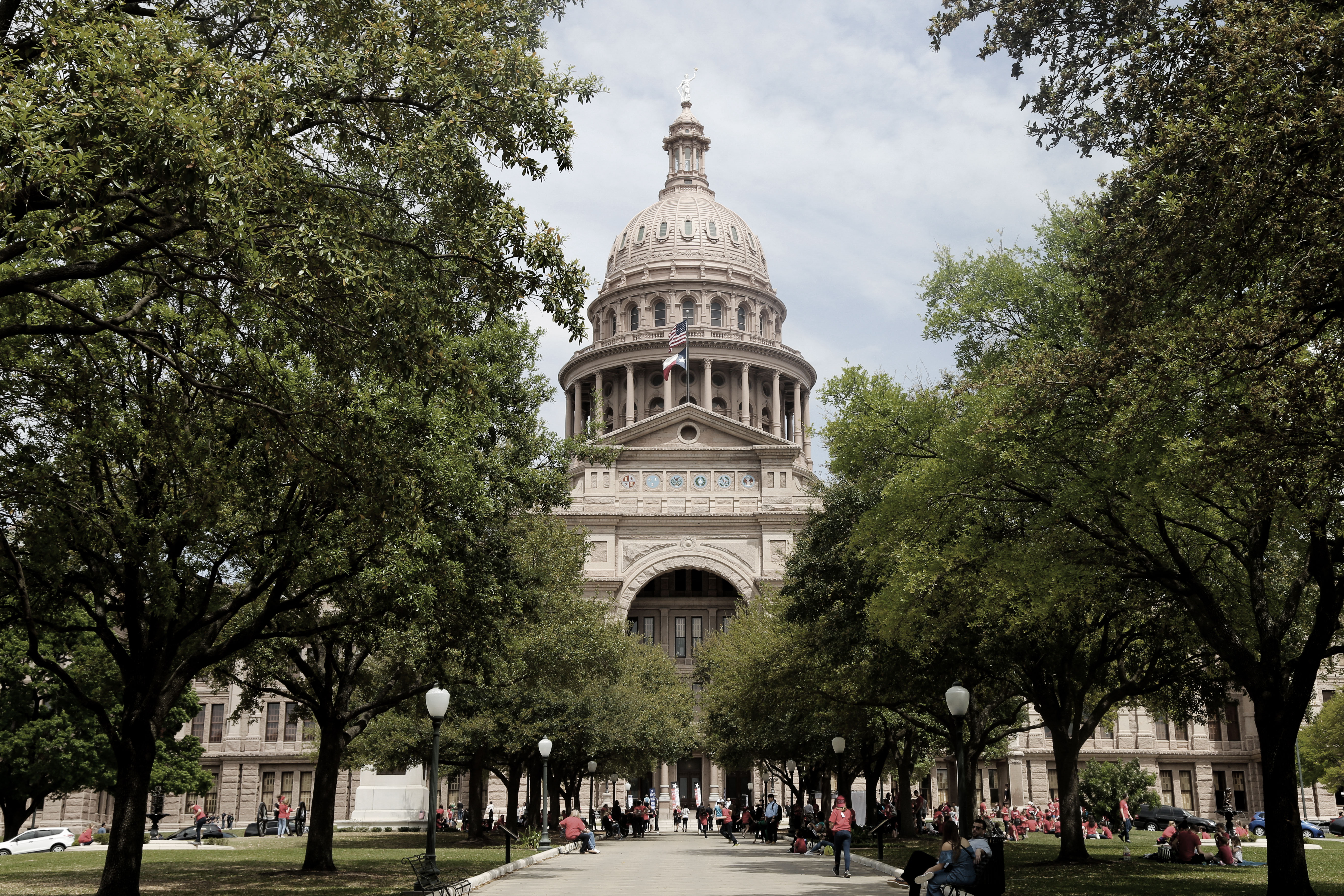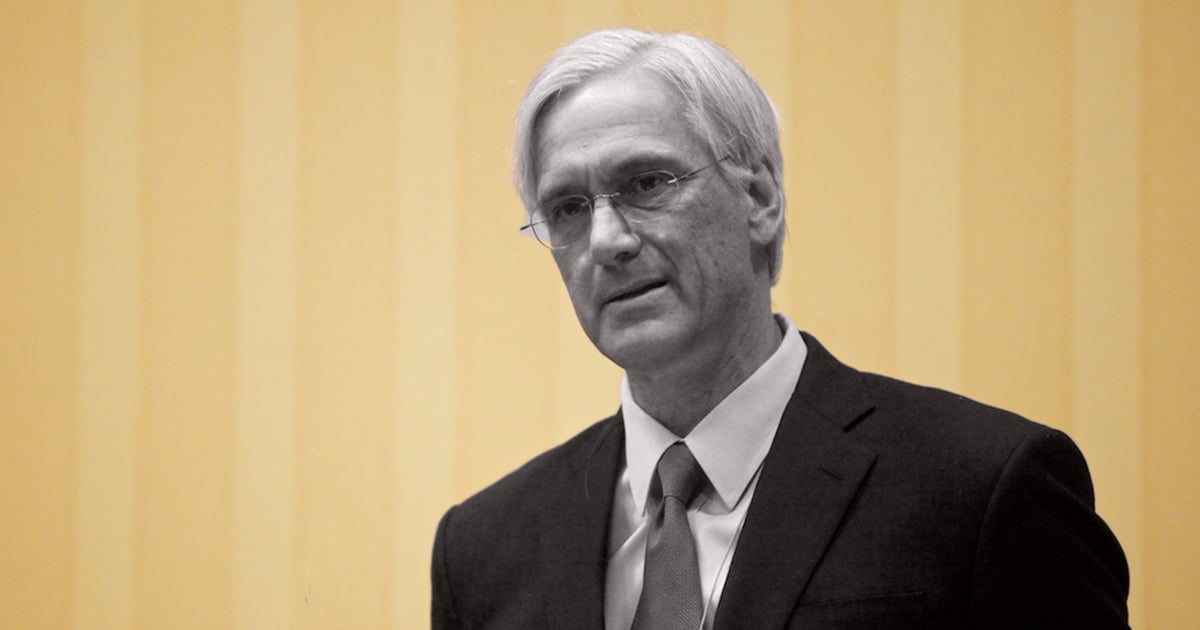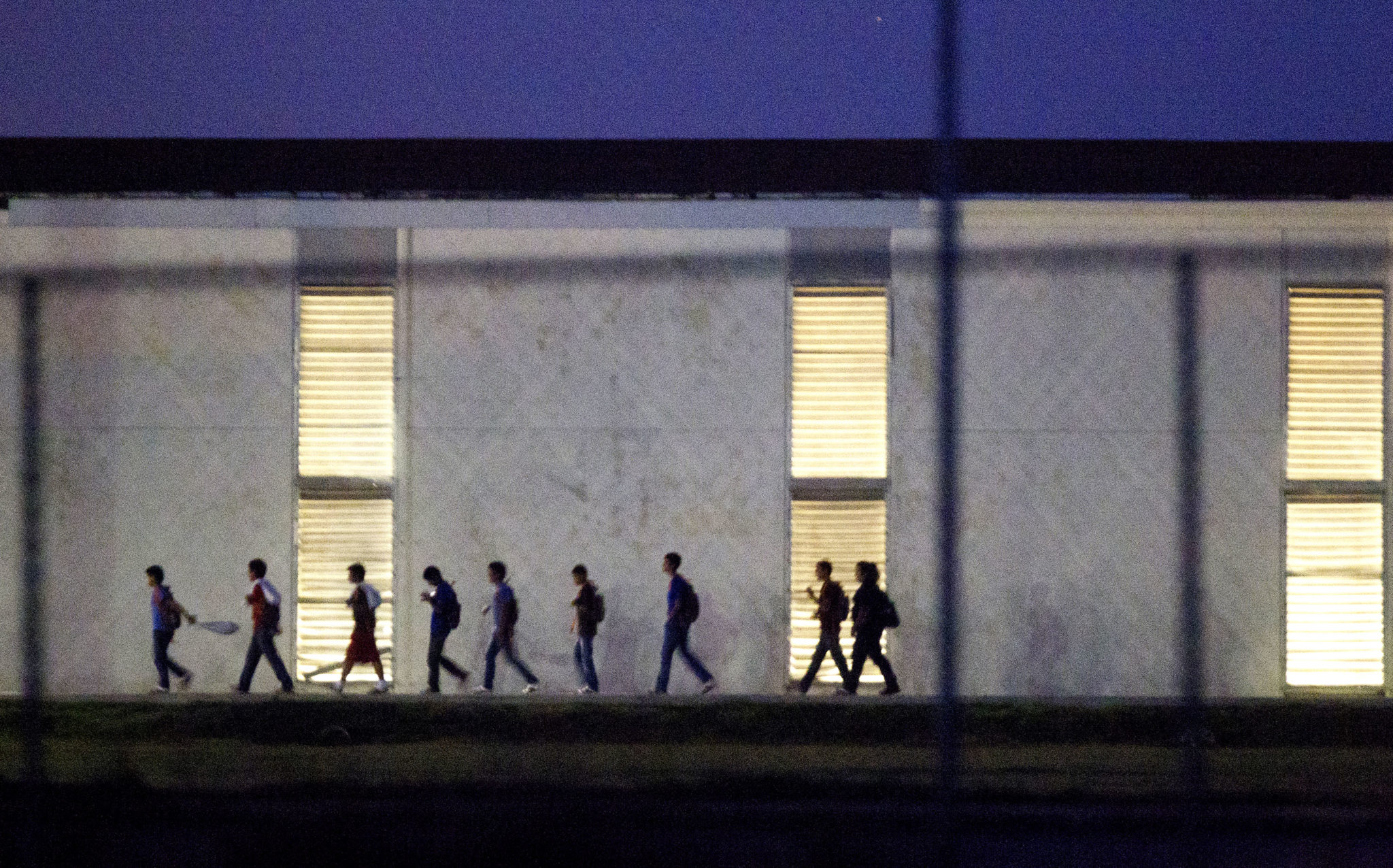
Experts: When It Comes to Childhood Mental Illness, Texas Isn’t Treating Its Kids

Above: Mental health services in Texas are chronically underfunded, and one expert told lawmakers that "cost is the elephant in the room" when it comes to getting treatment for mentally ill kids.
A group of lawmakers spent nearly eight hours Tuesday studying the complexities of childhood mental illness, an issue legislators have indicated will be a high priority for the legislative session that begins in January.
Lawmakers heard from physicians, educators and juvenile justice experts who outlined the need for a better-funded, integrated mental health care model that takes pressure off schools, steers children away from the juvenile justice system and provides more screenings for children and teens.
One doctor told the Texas House Select Committee on Mental Health that unless the state increases Medicaid reimbursement rates for providers that treat childhood mental illness, Texas will continue to lack an adequate number of those providers, echoing the state’s broader physician shortage.
“Until the Medicaid reimbursement scale reflects the level of services children need, we’re going to continue to have this shortage,” said Dr. Anu Partap, a pediatrician at UT Southwestern Medical Center.
Mental health services are chronically underfunded in Texas, and several solutions laid out at Tuesday’s hearing will require additional money from the Legislature, experts said.
“Ultimately, cost is the elephant in the room,” Partap said. Treating children in emergency rooms or residential treatment centers is often more expensive than preventive care, she said. “The cost of that care would’ve easily funded something more preventative for a larger population of children than that one child that we’re now serving in a crisis setting.”
Partap told the committee she feels equipped to diagnose and treat children’s physical conditions such as fractures or asthma. But mental health is a different story.
Partap offered contrasting examples of providing physical and mental care to her patients. Last week, she saw a toddler experiencing developmental and growth delays. After an exam, tests and a 10-minute phone call, Partap was able to get her patient to a hospital, where she was treated, stabilized and connected to follow-up services. That same week, Partap saw a young boy with mental illness who was about to be expelled from school. After three appointments, Partap said she spent four hours on the phone trying to get him into an outpatient treatment facility, an offer his family had to decline because it was located too far away.
“Families have struggled to even bring up their concerns, so delays seem particularly isolating. The isolation makes finding services harder, which becomes a vicious cycle of stress and worsening health status.”
Partap said 1 in 8 Texas children between 2 and 7 years old have a mental, developmental or behavioral disability; another 500,000 “suffer from emotional disturbance.” Children in foster care, she said, are two to five times more likely to have experienced trauma or severe stress.
“What weighs on me the most is that most adults with mental illness had symptoms as children and they were mostly missed,” she said.
Partap emphasized the need to place “primary care and behavioral health in single sites so families have ready access to basic services when their child needs it,” especially for children who live in households with domestic violence, abuse, neglect, or addiction.
Partap also suggested requiring pediatricians to conduct more mental health screenings. Currently, the state only requires physicians to perform one mental health screening per patient for children ages 12 to 18.
Education officials told lawmakers that teachers and school administrators are frequently the first to notice signs of mental illness in their students. Schools “often become the de facto mental health services provider,”said one Texas Education Agency official.
On-campus counseling and mental health services might be one answer to the problem. Austin ISD representatives told lawmakers that the on-campus counseling center at Crockett High School in South Austin helped the school reduce its dropout rates and poor attendance.
“By being integrated in the schools, therapists are able to note issues as they begin to take place,” said Elizabeth Minne, a licensed child psychologist and director of the Crockett clinic. “We tend to see things as they’re happening, and we can get in there very quickly.”
Without early intervention, experts warned that children with mental illness will end up in the juvenile justice system. David Reilly, executive director of the Texas Juvenile Justice Department, told lawmakers that 40 percent of the 10-to-18-year-olds in the system have a confirmed history of abuse or neglect, and the “vast majority” have experienced trauma.
House Speaker Joe Straus created the House Select Committee on Mental Health last year and charged legislators with studying Texans’ mental health needs ahead of the 2017 legislative session. Committee Chairman Four Price, R-Amarillo, said he hopes to study the issue in a “meaningful and substantive manner,” and said the committee will address the mental health challenges of other populations before January.


